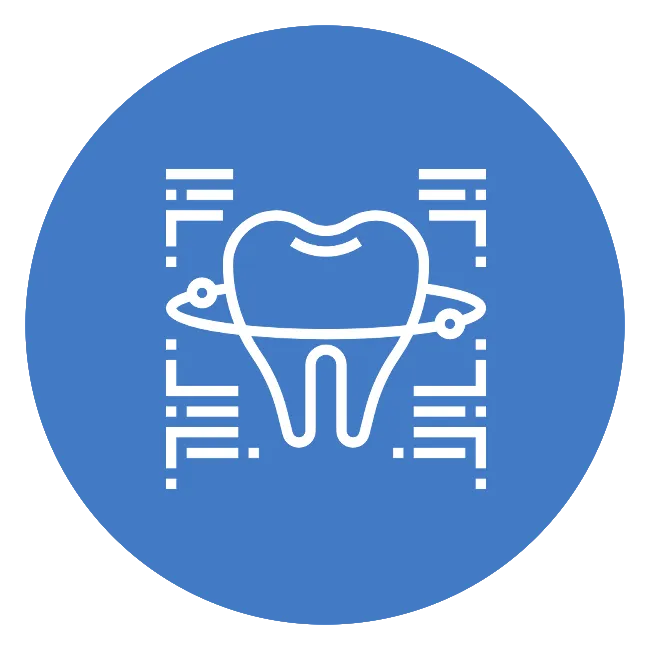Loud Family Dental - Rodrick Loud, DDS
Family Dentist in Shreveport, LA
We provide comprehensive dental care so no matter your age or dental needs, we’ve got you covered!
Contact Us Today so We Can Help You!
ABOUT US
Loud Family Dental
Our entire team is dedicated to creating a comfortable environment with the best dental care in the area, and we strive to provide affordable care, believing everyone deserves good dental health, whether they have insurance or not!
We treat our patients like family and are honored to be chosen as your Shreveport Dentist. Whether you’re looking for Orthodontics, Pediatric Dentistry, Emergency services, or something in between, we are happy to provide you with the care you need.

Meet Dr. Rodrick Loud
Happy to continue to serve the community and keep the doors of Loud Family Dental open to Shreveport, Bossier, and surrounding areas.
OUR SERVICES
Best Dental Services to Meet Your Needs!

Preventive Dentistry
Every six months, a periodic exam to check if there are any changes so that we can intervene quickly.

Pediatric Dentistry
A child’s smile has a huge impact on the development of their adult teeth.

Periodontal Dentistry
Gum disease or periodontal disease, is the leading cause of tooth loss in adults, we can help!

Orthodontics
Although very important, having straighter teeth goes deeper than feeling confident.

Cosmetic Dentistry
Our treatments fit your short and long-term needs, not to mention your budget.

Restorative Dentistry
Restorative dental treatments are the key to preserving your smile.

Emergency Dentistry
An emergency dentist can give you vital short-term relief from acute pain.
New Patient Special $117.00 at Shreveport Dental Office
TESTIMONIALS
Our Clients Reviews
"I was nervous about getting my tooth (3teeth) pulled. Dr.Loud & staff made me feel very comfortable & confident. I was very pleased with my fast,friendly & pain free visit."

Tracy H.
"Dr. Loud is a great Dentist his bedside manner is amazing as he takes his time to explain the procedure and make sure that you're comfortable. The staff is very professional,friendly, and knowledgeable. I felt very comfortable with Dr. Loud as well as his great staff."

O. C.
CONTACT US
Get in Touch with Us!
We'll reach back to you as soon as we can.
Mon-Thu: 8 AM - 5 PM
Fri: 8 AM - 12 PM

